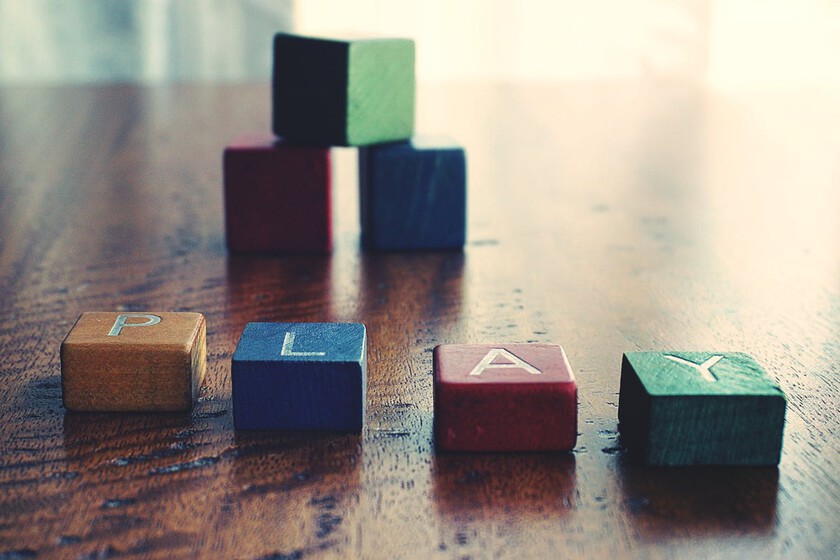Gamification, for example, helps keep people engaged in fitness apps. Experts say this concept also works in dynamic learning platforms like Duolingo. Your favorite supermarket even uses it to earn your loyalty. The common factor behind these examples is a psychological principle called the goal gradient effect.
The idea is simple but powerful: By structuring tasks into short-term goals, each step feels like progress and activates a sense of reward in the brain. This expectation of reward drives you to complete the next step, and the next, helping you avoid procrastination. With this approach, even dull or draining tasks feel more manageable and satisfying.
The Origins of the Goal Gradient Effect
The goal gradient effect traces back to a 1934 study by psychologist Clark L. Hull, who aimed to better understand patterns in human behavior. In his research, Hull observed rats navigating a maze in search of food. As they got closer to the goal, the rats moved faster and with more determination.
This behavior applies to the human brain as well. Marketers use it in loyalty programs—offering rewards for collecting points or stamps. Educators use it to keep students engaged. Fitness and health apps offer medals and milestones to sustain motivation.
As you get closer to a goal, your brain increases dopamine production, reinforcing effort and engagement.
Business professors Ran Kivetz, Oleg Urminsky and Yuhuang Zheng studied this behavior. They found that customers were more likely to complete loyalty cards when they started with a few stamps. In fact, those who began with two “free” stamps finished 82% faster than those starting from zero. You can apply the same principle to your productivity.
Breaking down complex tasks into smaller, manageable actions encourages you to keep moving forward. It turns a long, overwhelming process into a series of quick wins throughout the day.
This technique also helps combat the frustration of working all day without seeing clear progress. Finishing parts of a task reduces the fear of failure and the tendency to give up halfway. Your brain dislikes unfinished business due to another psychological principle: the Zeigarnik effect.
The Hadfield Method: What an Astronaut’s Obsession With Failure Can Teach Us About Productivity
How to Apply the Goal Gradient Effect to Your Tasks
Understanding this concept makes it easier to apply in daily life. One effective strategy is gamification—adding video game elements like points, levels or rewards to everyday activities.
You can use the goal gradient effect by breaking a large project into smaller, trackable steps that give you a visible sense of progress.
Another tactic is to include small rewards along the way. Don’t wait until the end of a project to celebrate. Set milestones and treat yourself after completing each one. If you’re writing a long report, for instance, divide it into sections. After finishing a section, take a short break, listen to music, or do something else you enjoy.
Visualization plays a key role in this method. Use productivity apps that track your progress or keep a visible to-do list. Checking off completed items reinforces your momentum and motivates you to continue.
Use It Sparingly
While the goal gradient effect is a powerful motivation tool, use it selectively—especially on tasks you’re tempted to procrastinate on.
Overusing it may keep your brain in a constant state of anticipation, which can lead to exhaustion and burnout.
Too much focus on finishing the goal may also create “tunnel vision.” In this mode, you might ignore better, more creative solutions simply because you’re fixated on finishing the task—not doing it in the most effective way. That’s why this approach works best for straightforward tasks and should be used with caution on projects that demand problem-solving or innovation.
Despite these caveats, tapping into this brain mechanism can make even your most dreaded tasks more achievable—and maybe even enjoyable.
Images | Suzy Hazelwood
The post Duolingo and Your Favorite Supermarket Have the Key to Boosting Your Motivation: The Goal Gradient Effect appeared first on Xataka On.




